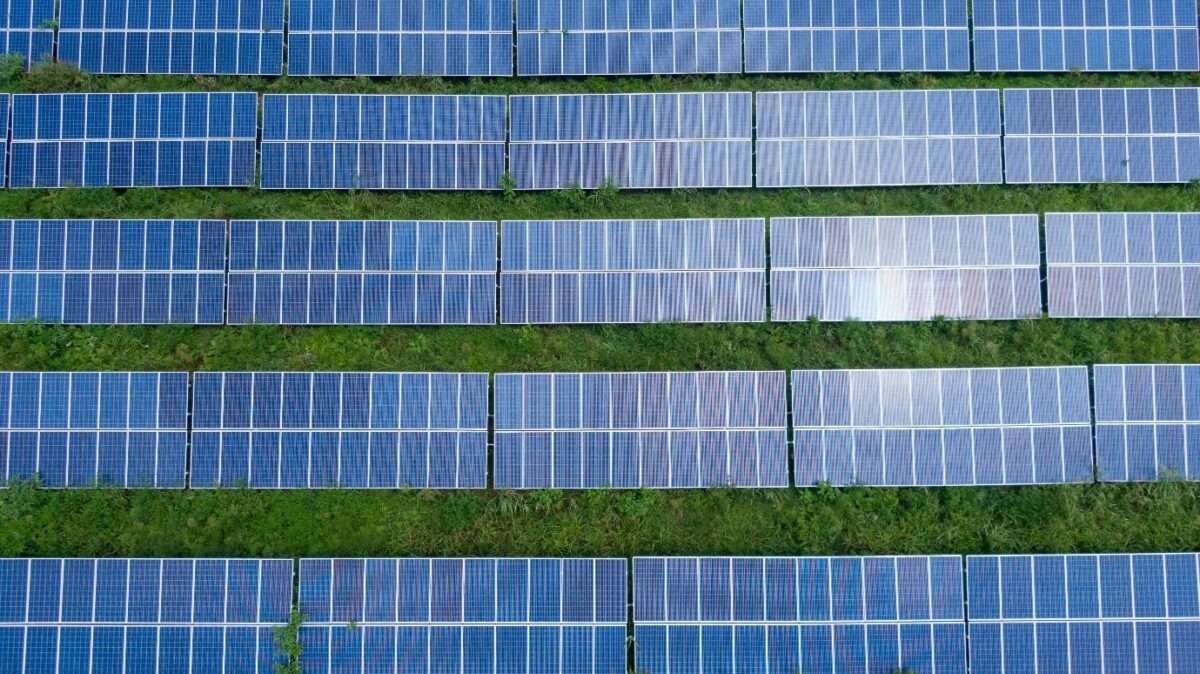As our planet is experiencing an environmental crisis there’s an increase in the need for sustainable energy, and solar power systems are gaining popularity in the green revolution. Beyond just the solar water heater, it’s essential to explore advanced concepts, real-world data, and new technology using solar power energy.
Read along to explore the interesting details of solar power systems, supported by data, and provide insights into the innovations in this sector.
Solar Power System Efficiency and Performance
Solar panels have shown impeccable improvements in recent years, monocrystalline panels, known for their high efficiency, have an efficiency between 17-22% of energy production, whereas polycrystalline panels range from 15-20%, but with recent advancements, this has improved up to 23% for monocrystalline panels.
Previously partial shading significantly reduces the solar power system’s output, but with new upgradation systems microinverters or power optimizers to cover up for the shading effects.
Financial and Environmental Impact
The cost of solar power systems has dropped in recent years. The average global cost of electricity generated from solar power systems according to the International Renewable Energy Agency (IRENA) has decreased by 85% since 2010, this has helped in dropping the cost to $0.057 per kWh in 2020. This decline has resulted in improvements in technology, economies of scale, and competitive supply chains.
The returns of investing in solar power systems depend on system sizes and location. For instance, an average household in the U.S. can expect a payback period of 6-8 years, with a 20-year return of interest and a much higher return in business sectors due to larger systems and gain additional tax benefits as well. Many regions have government subsidies for solar power installations.
As we also know, solar power systems are beneficial for the environment, it reduces greenhouse gas emissions. A typical residential solar power system can reduce approximately 3-4 tons of CO2 annually. On a larger scale, the U.S. managed to avoid over 100 million metric tons of CO2 in 2020, which is equivalent to the emissions from 27 million cars.
Technological Innovations
Solar power systems have evolved and there are new inventions introduced in recent years. Even solar panels have evolved into bifacial panels, which can capture sunlight on both sides, increasing production by up to 30% compared to traditional panels. Bifacial panels are becoming increasingly popular in both residential and commercial projects due to their dual energy generation capability. Solar power systems are now being combined with storage solutions such as lithium-ion batteries, which enhance reliability and energy independence. Storage costs are decreasing, making it a viable option for more consumers.
Future Trends
With the increase in the need for sustainable and independent sources of energy, the popularity of solar power systems has increased. To motivate the use of solar power systems, the government has come up with many schemes and incentives for consumers and producers. Schemes like subsidies on purchase and installation prices, and tax benefits for commercial consumers, will drive growth in the coming years.
There is a rise in community projects as well, which allows multiple users to benefit from a single installation, making solar energy accessible to those who cannot install the systems individually.
Conclusion
The solar power sector is witnessing impeccable growth and innovation, due to an urgent need for sustainable and independent sources of energy solutions amidst an environmental crisis around the world. The upgradation and innovations in solar energy particularly in the efficiency of monocrystalline and polycrystalline panels, and bifacial panels have significantly improved energy production.
Financially the solar power system cost has dropped, making it a beneficial investment for both residential and commercial users and is also becoming an important aspect in reducing greenhouse gas emissions.
As solar power technology is evolving, and proving to be the future of independent energy resources, governments around the globe have also come up with attractive schemes and subsidies for residential users and tax benefits for commercial users.
With these ongoing developments and the increasing need for sustainable energy, solar power assures to offer a cleaner, more sustainable, and cheaper way to power our future.

As the editor of the blog, She curate insightful content that sparks curiosity and fosters learning. With a passion for storytelling and a keen eye for detail, she strive to bring diverse perspectives and engaging narratives to readers, ensuring every piece informs, inspires, and enriches.










